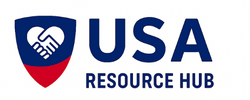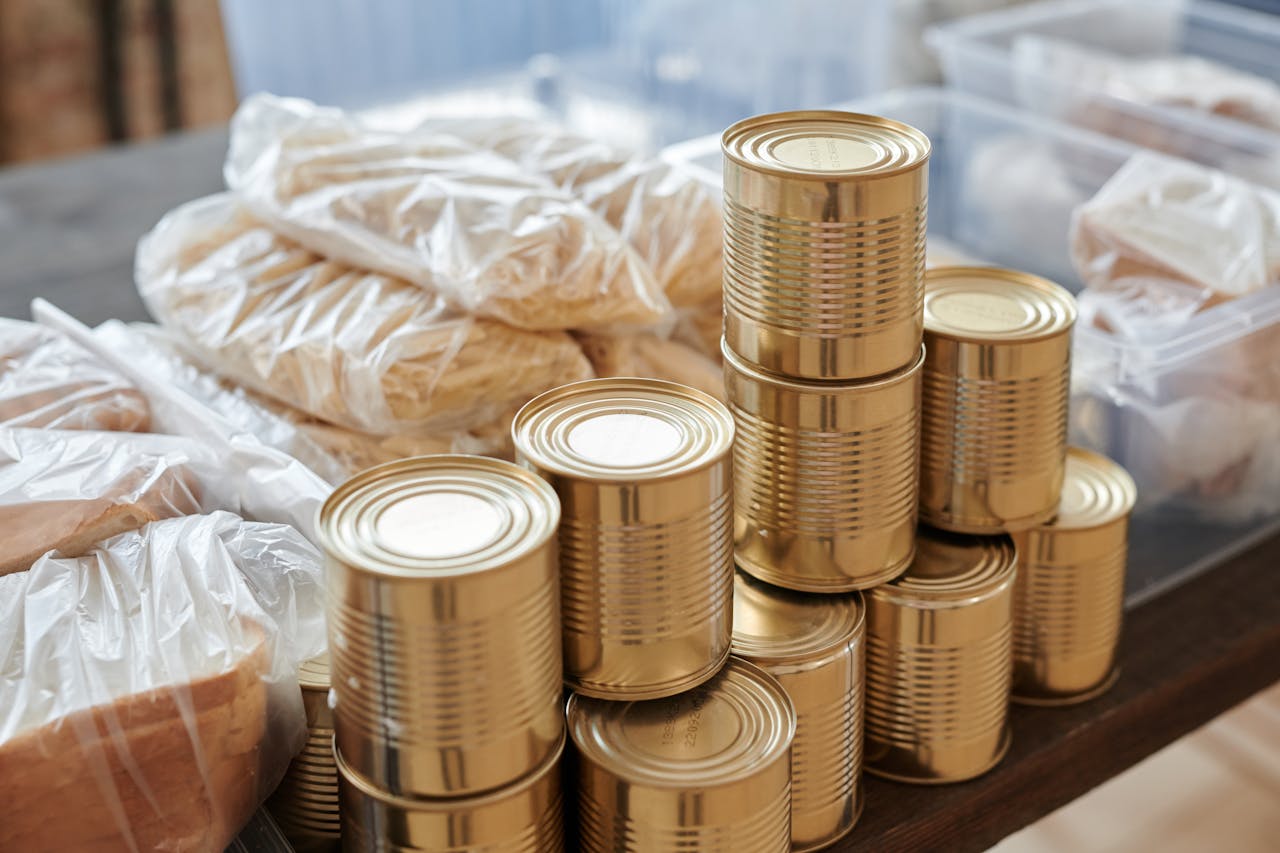When money is tight and groceries are hard to afford, community food banks and pantries can be a lifeline. These local organizations provide free food to individuals and families facing food insecurity. Whether you need short-term support or ongoing help, food banks and pantries are designed to meet you where you are—with dignity, respect, and practical assistance.
If you are unsure where your next meal is coming from or simply need help stretching your food budget, here is how to find nearby resources and what to expect when you visit.
What Food Banks and Pantries Offer
Food banks and pantries work together to distribute food to people in need. A food bank is typically a large warehouse that collects and stores food from donations, grocery stores, and government programs. It supplies food to smaller distribution sites, including pantries, soup kitchens, and shelters.
Food pantries are the places where individuals and families can pick up groceries directly. Most pantries offer:
- Nonperishable items like canned vegetables, pasta, rice, and cereal
- Fresh produce, dairy, and frozen meats when available
- Hygiene products and household essentials
- Referrals to other support services such as housing or utility assistance
Some pantries also offer curbside pickup, delivery for seniors or people with disabilities, and nutrition education programs.
Who Can Use a Food Pantry
Most food pantries serve anyone experiencing food insecurity. You do not need to be receiving government benefits or have a permanent address. Some pantries may ask for:
- Identification
- Proof of residency (such as a utility bill)
- Information about household size and income
This information helps them determine how much food to provide and whether you qualify for additional programs. However, many pantries will still serve you even if you cannot provide documentation.
How to Find a Food Bank or Pantry Near You
1. Feeding America Network Feeding America is the largest hunger-relief organization in the United States. Their food bank locator allows you to search by ZIP code and connect with over 200 member food banks across the country. These food banks can direct you to nearby pantries, mobile distributions, and meal programs.
2. The Salvation Army The Salvation Army operates neighborhood food pantries and mobile meal programs in cities and towns nationwide. Their food assistance page includes a locator tool to find services near you. A typical visit may provide a three-to-five-day supply of groceries, including fresh produce and protein when available.
3. FoodPantries.org and WhyHunger.org These directories allow you to search for food pantries by state, city, or ZIP code. They include listings for nonprofit pantries, church-based programs, and community centers. Visit FoodPantries.org to explore options in your area.
4. Call 211 Dialing 211 connects you to a local resource specialist who can help you find nearby food pantries, meal programs, and emergency assistance. This free service is available in most U.S. states and operates 24 hours a day.
What to Expect When You Visit
When you arrive at a food pantry, volunteers or staff will greet you and explain the process. You may be asked to fill out a short intake form. Depending on the pantry, you might receive a pre-packed box of food or be allowed to choose items from shelves.
Pantries aim to provide enough food for several days, but availability depends on donations and inventory. If you have dietary restrictions or allergies, let the staff know—they may be able to accommodate your needs or refer you elsewhere.
Tips for Making the Most of Your Visit
- Arrive early if possible, especially at busy locations
- Bring reusable bags or boxes to carry your groceries
- Ask about other services such as SNAP enrollment or utility assistance
- Be respectful of staff and other visitors—everyone is there for support
- If you need ongoing help, ask about regular distribution schedules
Final Thoughts
Food banks and pantries are more than just places to get groceries—they are community anchors that offer hope, connection, and practical support. Whether you are facing a temporary setback or long-term hardship, these resources are here to help.
Start with Feeding America, The Salvation Army, or your local 211 hotline. The food is free, the process is simple, and the impact can be immediate.


Leave a Reply